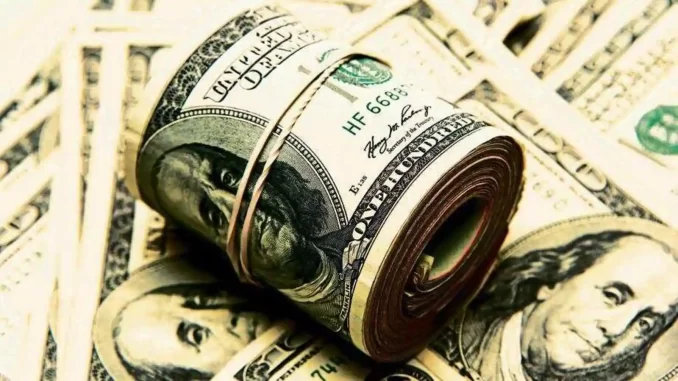
The value of the US dollar is heading high, and there are several good reasons for this trend in the market today. As you know, the dollar is the global reserve currency in the world used for the settlement of international transactions. Besides the above, it is used as a benchmark for setting costs for commodities across the globe.
Kavan Choksi- an insight into the history of the US dollar as the global reserve currency
Kavan Choksi is a business, finance, and trading expert with invaluable knowledge in investments and financial management. According to him, if you go back into history, gold and silver were the currencies traditionally used for several centuries. In 1944, world leaders at The Bretton Woods Conference reached an agreement to fix a system for fixed exchange rates and pegged significant currencies of the globe to the dollar. This resulted in several nations holding the US dollars as a reserve currency in place of gold.
At that time, gold could be converted to $35 per ounce, and the reason why global leaders agreed on the US dollar to be the reserve currency was that USA’s economy was unaffected by World War II, unlike its other economic peers, Japan and Germany. The country has most of the globe’s gold and could offer a regular supply of it, thus, making the USA the center of economic trade in the world.
The rise of the US dollar in the international market
After the Second World War, the USA accounted for 50% of the whole economic output of the free world. During this period, it started its interventionist foreign policy because most nations were in a state of chaos and confusion. Some of them were under the control of the communist, and so the goal here was to re-build Europe, with The Marshall Plan being an example of the above.
Since the US did not want to venture into a Third World War, it maintained a potent military presence in Europe to deter any potential threats from The Soviet Union. During this time, assets that were denominated by the dollar were safe; however, the rest of the globe was crumbling due to political pressure.
Understanding how the reserve currency works
The reserve currency is used for global transactions; however, all of them are settled in the cash of the issuer. Take, for instance, if a firm in India were to buy oil from Kuwait, it would make this purchase in rupees as it is the reserve currency in India for trade settlement. On the other hand, if Kuwait is selling oil to China, it will be priced in the Chinese Yuan or the renminbi that China uses for the settlement of global transactions.
According to Kavan Choksi, oil is a popular commodity, and its cost plays an instrumental role in setting the value of currencies. Its value is headed higher due to the tapering policy of the Federal Reserve that reduces the flow of easy money into the global economy. This move started in 2013 when Ben Bernanke began talking about the reduction of asset purchases. In 2006, he assumed office, and the Federal Reserve purchased $1.7 trillion worth of assets to boost liquidity levels in the market, boost economic growth, and manage low rates of interest.

Leave a Reply